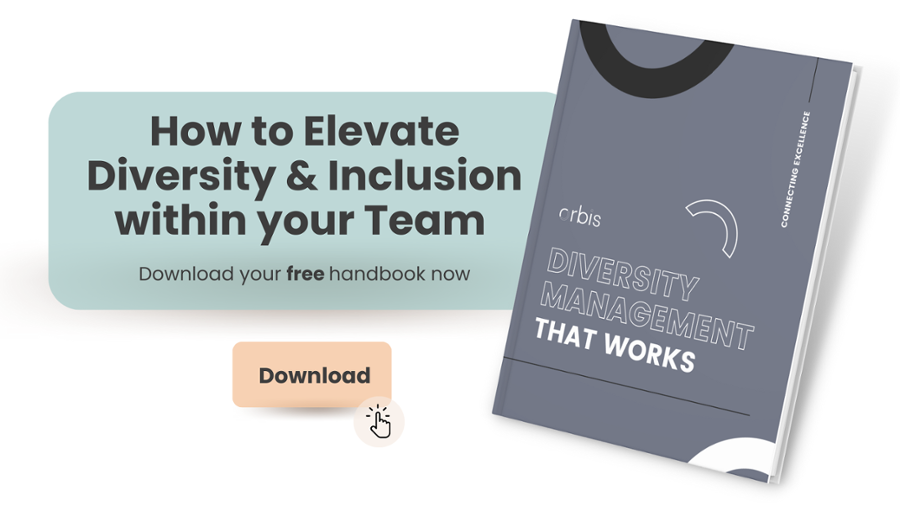
Gendered language - what is it?
It’s commonly understood as language towards a particular sex or social gender. A great example of this is French: which uses both masculine and feminine terms, but also has masculine and feminine words.
“The world's four most spoken gendered languages are Hindi, Spanish, French and Arabic. They share many of the same gender patterns: masculine as the default grammatical gender, mixed-gender groups using masculine endings, and feminine nouns derived from masculine versions.” - BBC
The same article by the BBC, titled “the subtle ways language shapes us” also highlights that languages generally have been constructed to present the male gender as a default - which arguably can affect not only how we converse on a daily basis, but also how we view men and women.
In English, we don’t have this - however what we do have is a variation: the vocabulary used for professions and what gender we assign them.
Male |
Female |
|
CEO |
Nurse |
|
Doctor |
Teacher |
|
Engineer |
Social worker |
|
Plumber |
Childcare worker |
|
Taxi driver |
Administration |
These presumptions (also backed up by data) can lead to women being excluded or rendered invisible in a professional environment. Although it’s largely unacceptable and rejected that a particular profession should be assigned to a gender, it unfortunately still happens.
How can this affect your hiring?
Particularly in largely male-dominated industries that are trying to improve their gender diversity, gendered language can affect your hiring due to the aforementioned biases and falling into the pattern of using coded language to attract talent into your organisation.
“Even if there’s a gender-diverse pool of applicants, recruiters may still use gender-coded words and views in hiring decisions. For someone of any gender to be hired, they generally need to demonstrate competence (e.g. ‘efficient’). Yet when the candidate is a woman, hiring decisions are more likely to be factor in their sociability (‘friendly’) and morality (‘trustworthy’) as well, compared to male candidates.” - BBC
Again, this language is mostly used subliminally and also innocently - we have been socially conditioned to use certain phrases to describe genders because of our exposure to it in the workplace but also in popular culture and the media that we consume.
But, the by-product of this is less diverse hiring because we fail to target this bias at its foundations - and in a professional environment - it starts before someone even joins your organisation.
The benefits of gender-neutral language
A great solution for mitigating this is by introducing gender-neutral language. We spoke about this in a previous blog.
“Language that is considered masculine and feminine
This is also known as “gender-coded” language:
It is words or phrases associated with a particular gender, specifically male or female, often based on stereotypes. Here are some examples of gender-coded words that often show up in job ads:
-
Male: competitive, aggressive, challenging, decisive, courage/courageous, dominant, champion, driven, fearless
-
Female: collaborative/collaborate, dependable, honest, loyal, interpersonal, enthusiastic/enthusiasm, committed, connect/connected, patient
Gender-coded language does extend beyond the above words, too - however think of this as emotionally-driven language, instead. Being aware of this will enable you to write neutral job advertisements as well as change the type of vocabulary that you may use in interviews or in the workplace generally.”
Is there a benefit to teaching gender-neutral language in the workplace?
Absolutely. Whether it’s to help with biases between men and women, it can also promote better inclusion for non-binary or trans folks - especially from a hiring perspective:
“Replace gendered language with gender-inclusive language wherever possible in every day conversation. When appropriate, use they/them instead of he/she. “His or her job responsibilities include...” “Job responsibilities include...” or “Their job responsibilities include” - Out and Equal
Furthermore, teaching people to be mindful of their vocabulary is also half the battle. Creating awareness (instead of punishment for misuse) can encourage a more inclusive workforce with employees who are mindful and working towards a more gender-inclusive environment.



